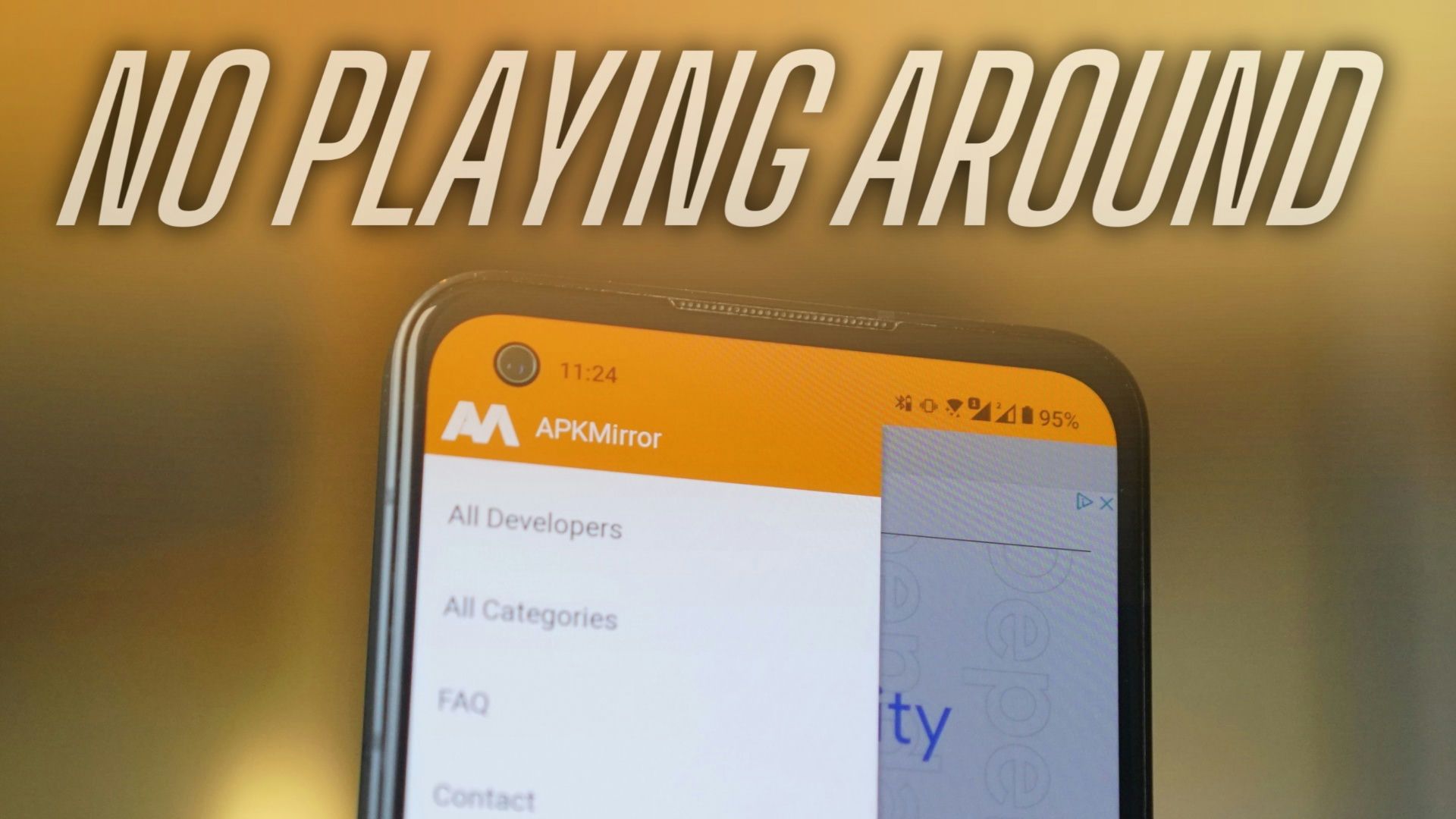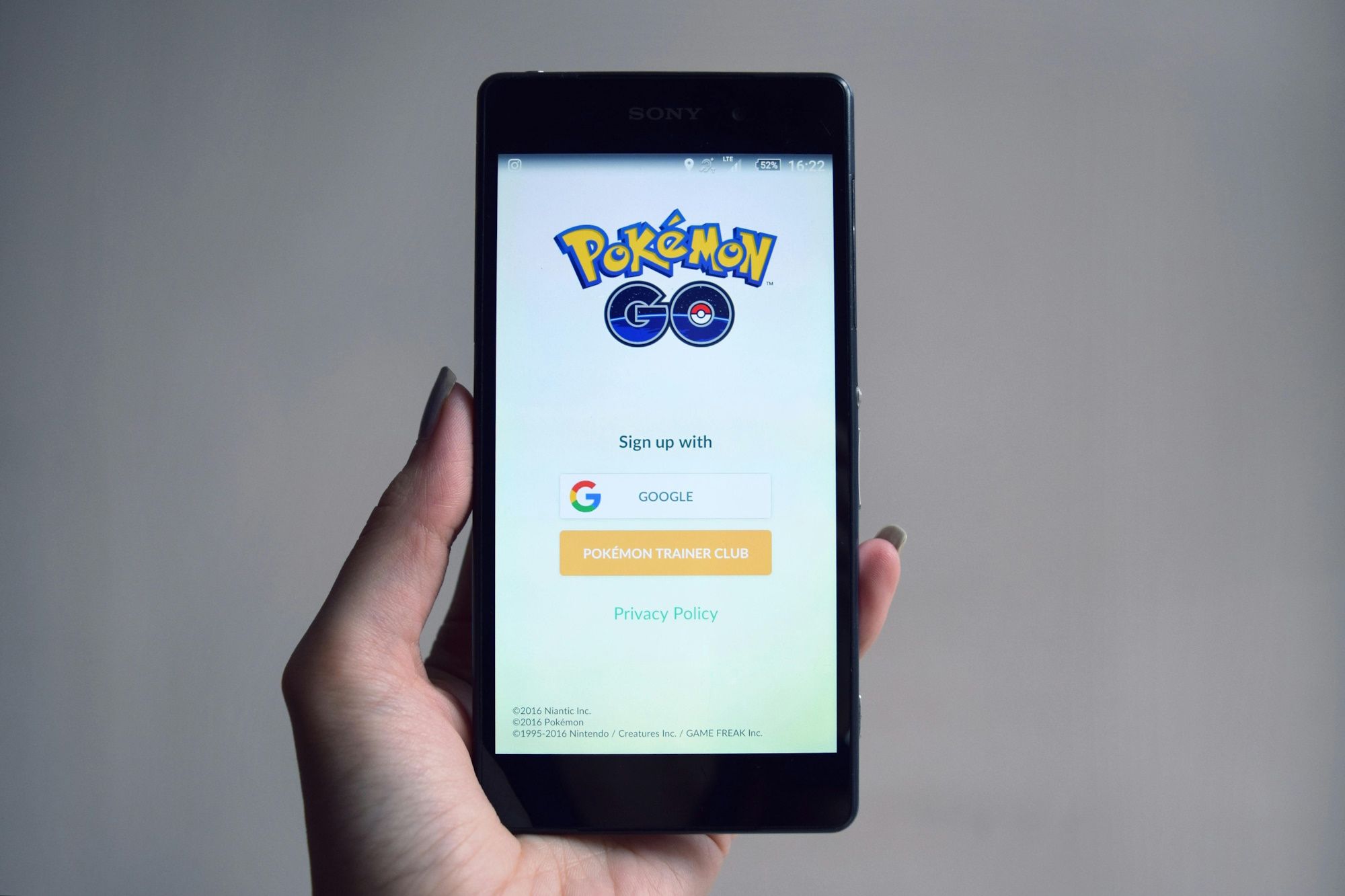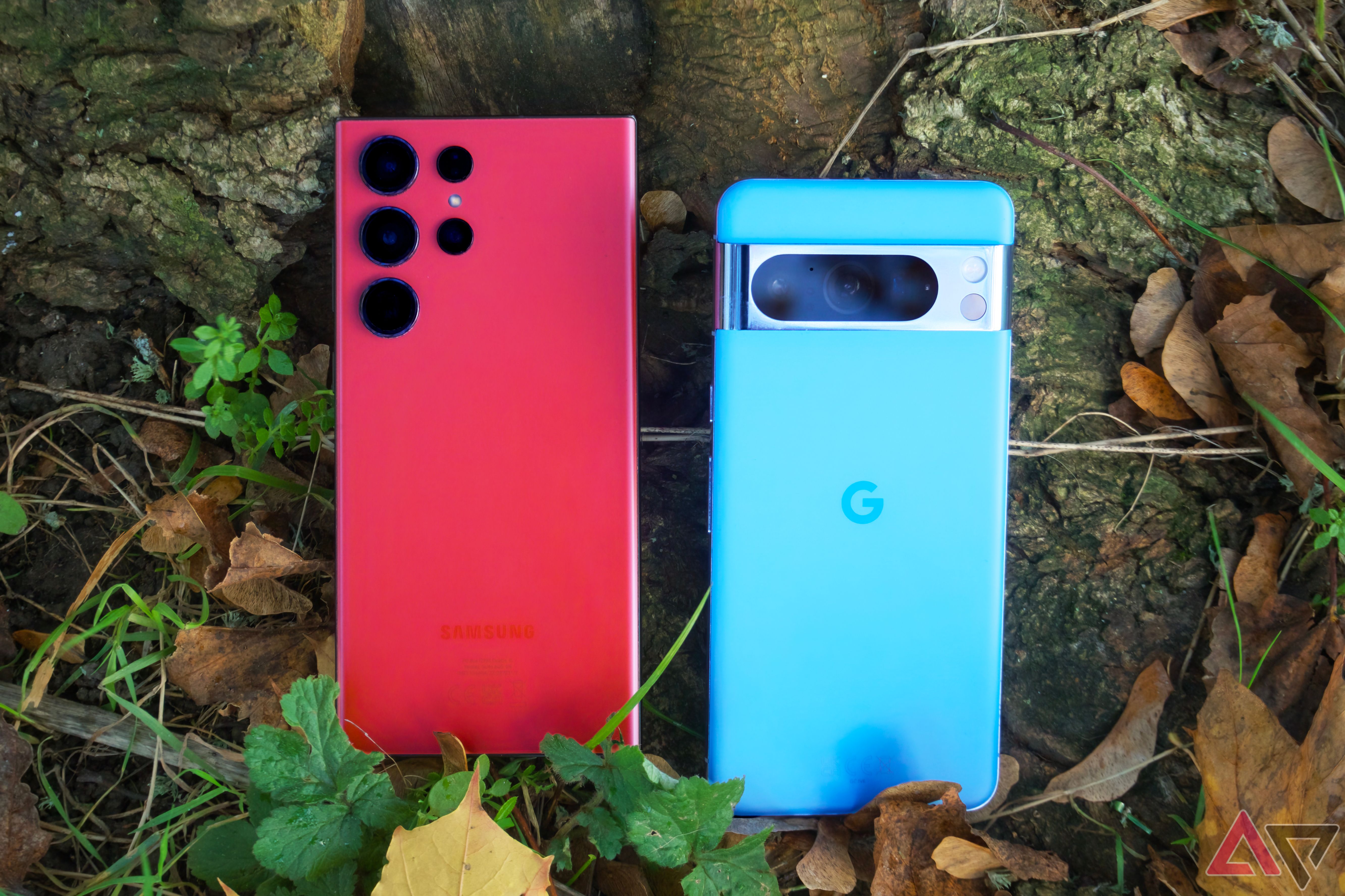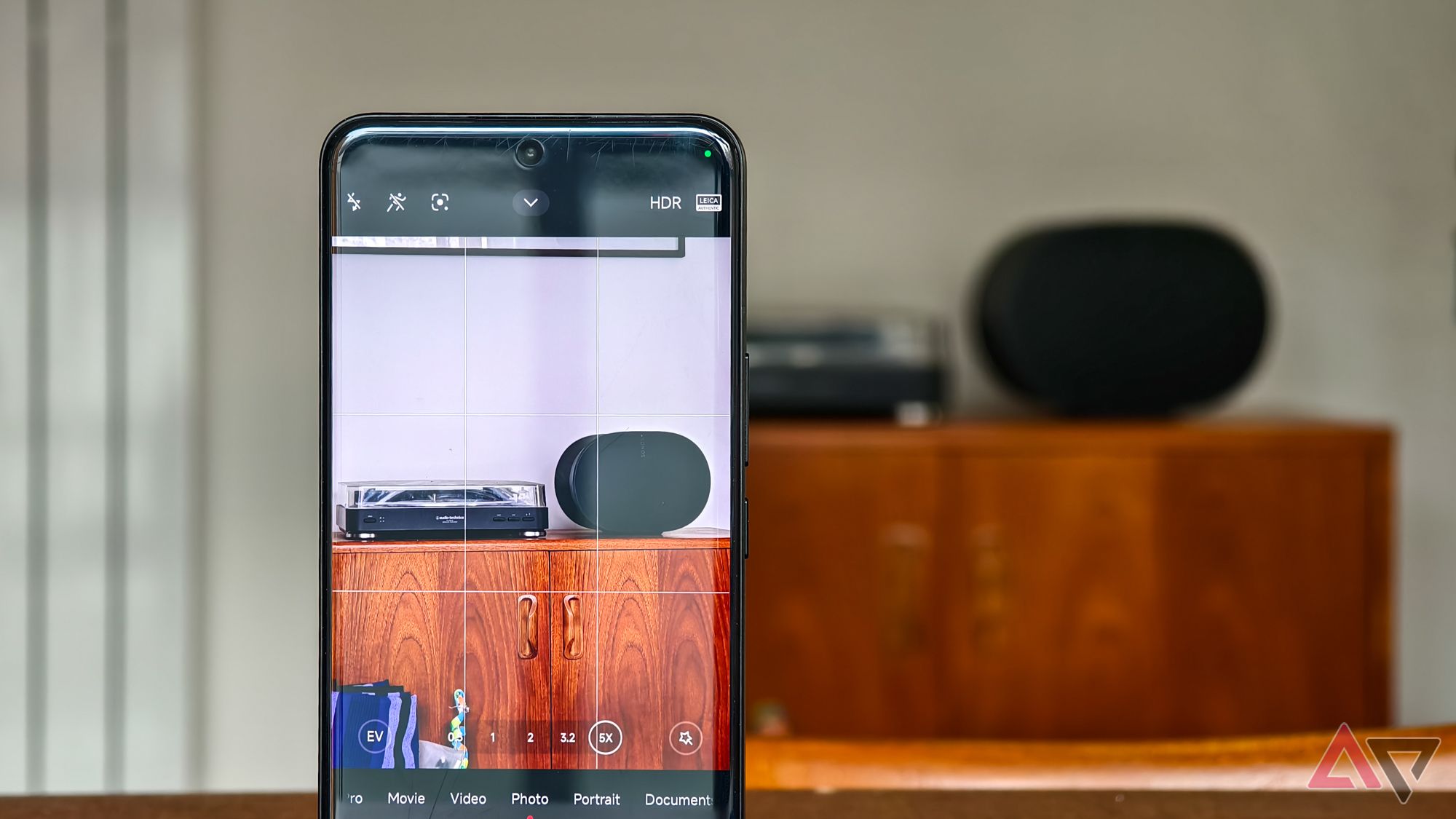App developers can use augmented reality (AR) tech to help contextualize information by placing digital objects inside natural physical spaces. This technology uses spatial computing and overlaps with virtual reality (VR) technology, which focuses on creating artificial environments for real-world objects. AR technology opens many doors for creating new, interactive apps and games that blend these spaces. Google packages these tools inside its software development kit (SDK), ARCore; Apple has a similar devkit centered around AR for iPhones and iPads, ARKit.

Best photo apps and games to take amusing shots through AR
Looking for meaning while snapping photos? Try out augmented reality games and apps to liven up your Android gallery
Many of the most powerful Apple and Android phones can use ARKit and ARCore. Whether your phone is one of the top budget options or the best Apple or Android device on the market, there’s a great chance it’s ARCore/ARKit compatible. We’ve created a guide to teach you which phones have ARCore support and ways to predict if a device’s hardware and software can handle it.
What is ARCore?
ARCore (also known as Google Play Services for AR) is Google’s platform for building augmented reality experiences. Google brought its software development kit on board in 2018, giving access to programmers and developers for building AR features in apps. ARCore uses three components to integrate virtual content with real-world applications; these include:
- Motion tracking
- Environmental understanding
- Light estimation
Simply put, ARCore uses the phone’s camera to identify “feature points” and track how those points move over time, which helps calculate the virtual image you see on your phone. Though, for a better understanding of how Google uses ARCore to enable virtual content on real surfaces or embed it in real locations, you can read a detailed guide on Google’s ARCore fundamentals.
Does my phone have ARCore?
For a complete, up-to-date list, refer to Google’s official list of ARCore-supported devices. Given the long and thorough list on Google’s developer page, keeping track of the latest phones is challenging (and somewhat buried) without categorization. So we’ve highlighted a few below; these include the most popular brands and recent phones in the US.
- Asus Zenfone 10
- Google Pixel 8
- Google Pixel 8 Pro
- Google Pixel 7
- Google Pixel 7 Pro
- Google Pixel 7a
- Google Pixel Fold
- OnePlus 11 5G
- OnePlus 11R 5G
- OnePlus 12
- OnePlus Open
- Motorola Edge (2023)
- Moto G Power 5G
- Moto G Stylus 5G (2023)
- Motorola ThinkPhone
- Samsung Galaxy S23
- Samsung Galaxy S23+
- Samsung Galaxy S23 Ultra
- Samsung Galaxy Z Flip 5
- Samsung Galaxy Z Fold 5
This list contains newer devices released towards the end of 2022 and later. If your smartphone is older (like Pixel 2 released in 2018), you can refer to Google’s comprehensive device listing.
According to Google, approximately 94% of its active device listings support Depth API. To find a complete list, refer to Google’s official list.
Not listed as officially supported
These phones have not changed drastically from their predecessors, but they have yet received official certification from Google. We expect these phones to become ARCore-certified eventually:
- Asus Zenfone 11 Ultra
- Google Pixel 8a
- OnePlus 12R
- Motorola Edge+ (2023)
- Motorola Razr (2023)
- Motorola Razr+ (2023)
- Moto G Play (2024)
- Samsung Galaxy S24
- Samsung Galaxy S24+
- Samsung Galaxy S24 Ultra
Apple implements its AR platform with ARKit, Apple’s own SDK. iPhones compatible with ARKit require iOS 11.0 or higher. Apple devices with ARKit support cannot use Google’s ARCore directly (since Google’s software development kit is designed for Android) — not without installing ARCore SDK for iOS. Devices running iOS 12.0 or later must use Cloud Anchors SDK and Augmented Faces SDK to be compatible with ARCore.
How do I determine if ARCore will support my smartphone?
It isn’t difficult to predict whether Google’s augmented reality platform will support an upcoming device or one that isn’t listed in Google’s comprehensive document; if the device runs at least Android 7.0 or higher, ships with Google Play Store as the default app store and uses internet access for ARCore updates, it is most likely ARCore-supported. The rest depends on its hardware capabilities.
For a phone to become ARCore certified, Google does a hardware and performance check. Google verifies the phone’s camera quality and motion sensors to ensure they can accurately capture movement and render AR elements properly. It also needs to check the phone’s CPU to see how well it can handle real-time calculations used in AR applications. Phone manufacturers are not involved in the process; Google handles the certification checks and adds these phones to its list of devices with ARCore support.
Exceptions to this rule
Many devices manufactured in China (like realme and Vivo) do not come with the Google Play Store.
However, those devices can support ARCore via a separate download (Google Play Services) inside these app stores:
- Xiaomi app store
- Huawei Apps Gallery
- Oppo App Market
- Samsung Galaxy Apps
- V-Appstore
What happens if my phone doesn’t support ARCore?
If your smartphone isn’t compatible with ARCore, you cannot install any AR-enabled apps you find on the Google Play Store. It is not possible to sideload these apps, as ARCore requires specific hardware for it to work.

How to download Android apps without the Google Play Store
Who needs Google Play when you have APK Mirror?
Benefits of AR Apps
Augmented reality (AR) blends real-world elements inside digital applications. It can offer a completely new and interactive experience, which may prove educational and insightful. Imagine being able to make a purchase decision because you’ve used an app like Wayfair to check how a furnishing fits into your living room or if you’ve used Animal Safar AR to study the wildlife.
Some of the best travel apps and navigational tools also use AR technology to improve the experience. The tech is here to stay, and many of the best phone manufacturers, like Apple and Samsung, ensure it can happen with their top-of-the-line hardware offerings.







